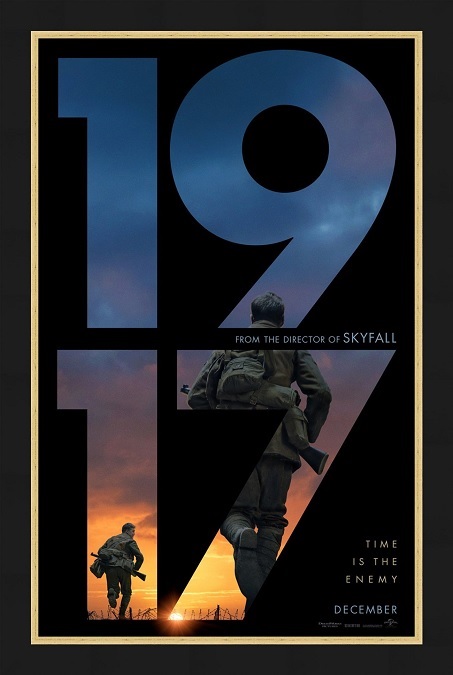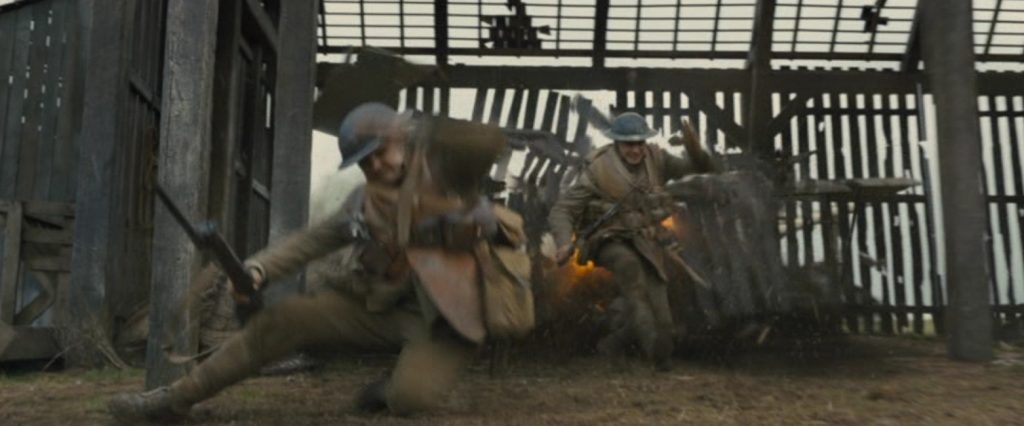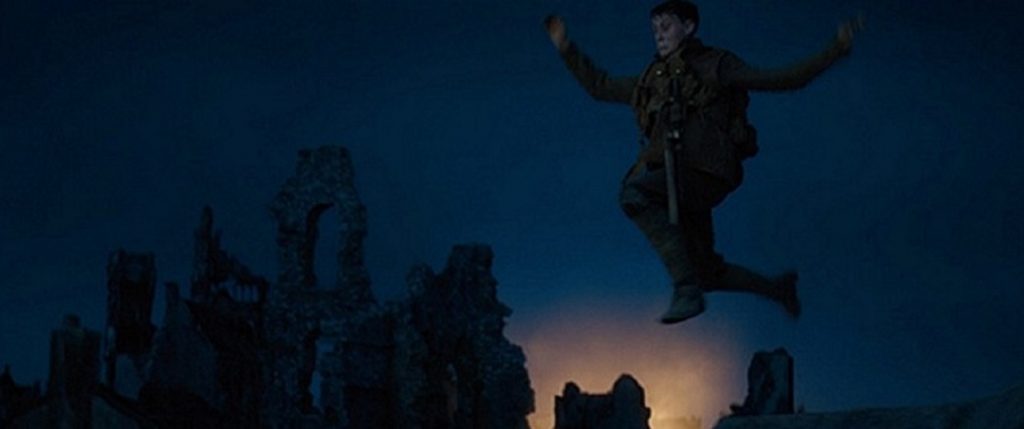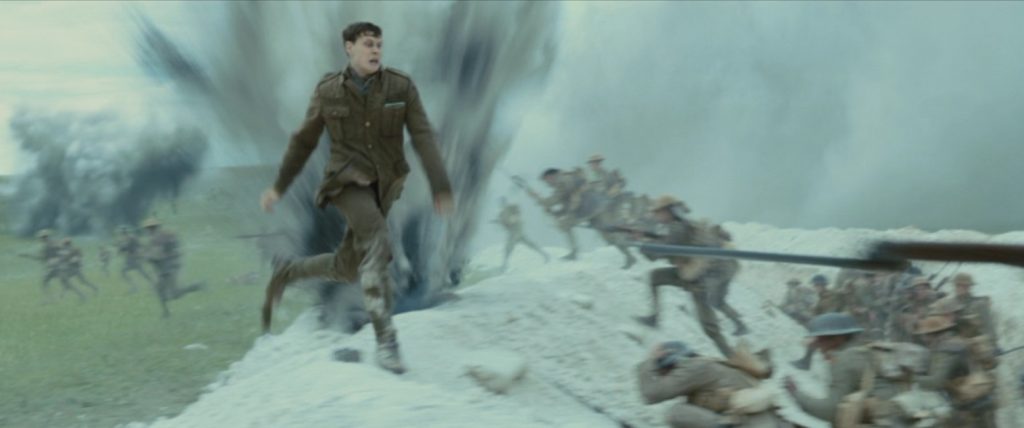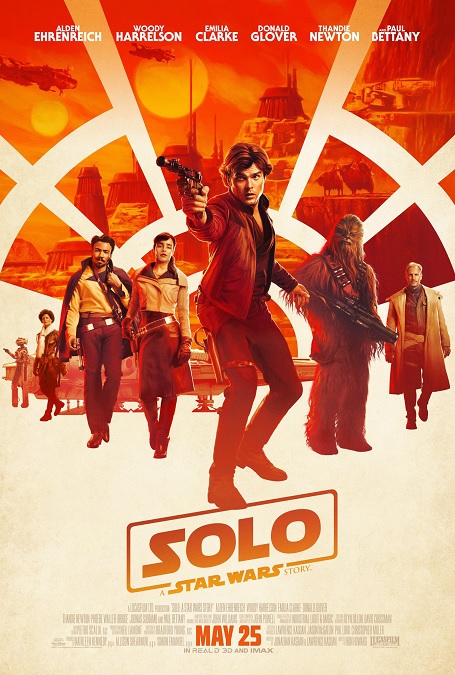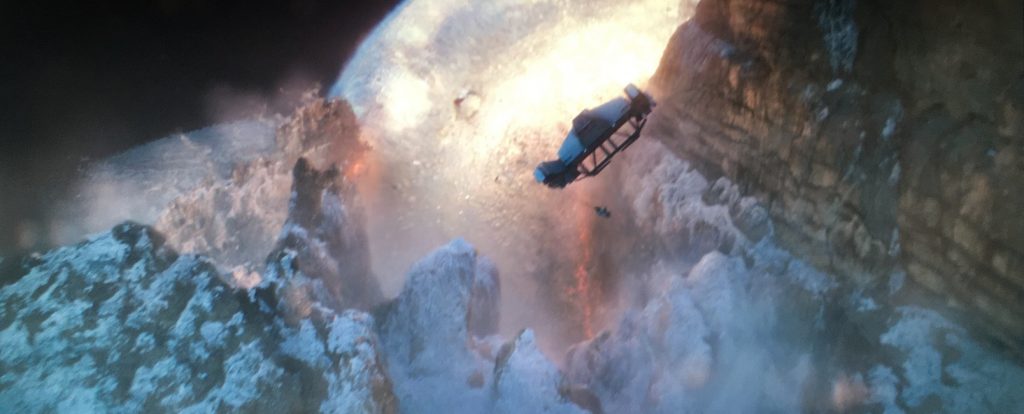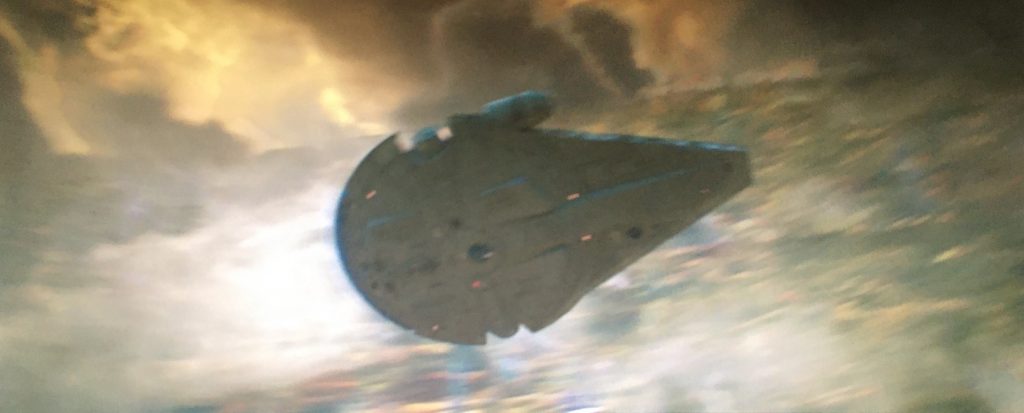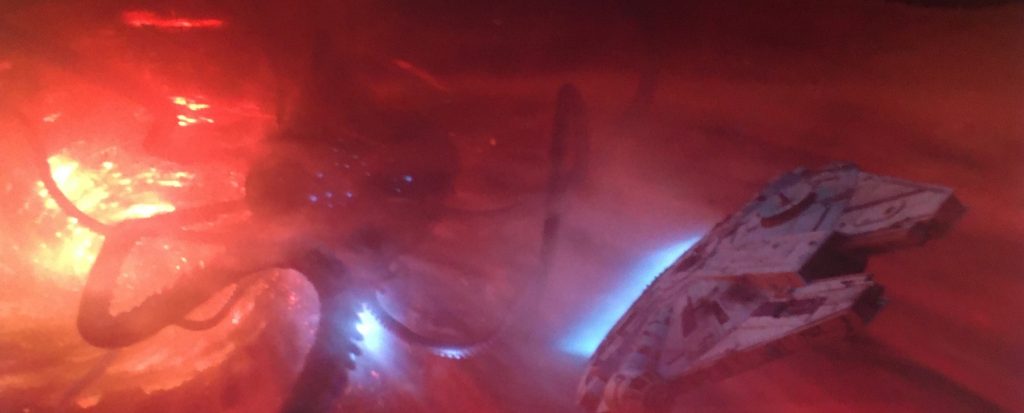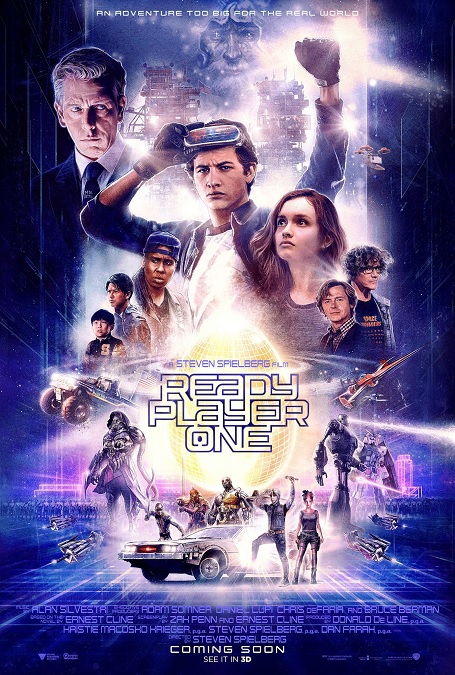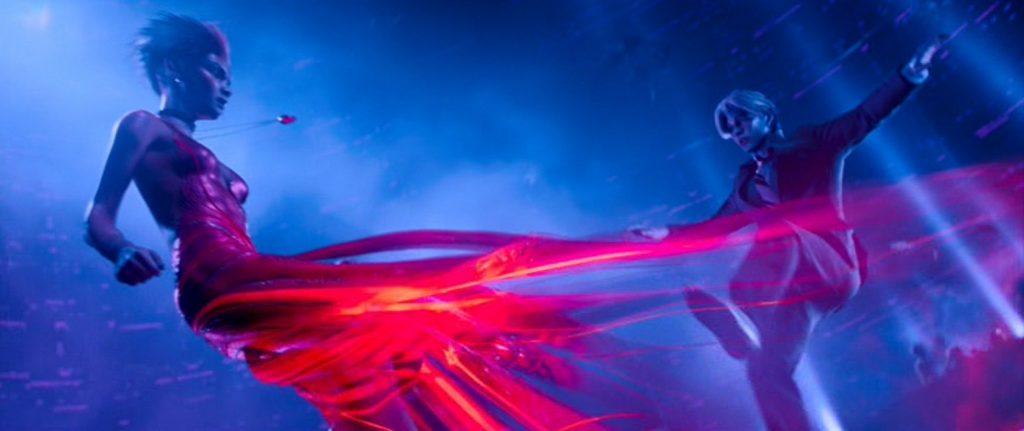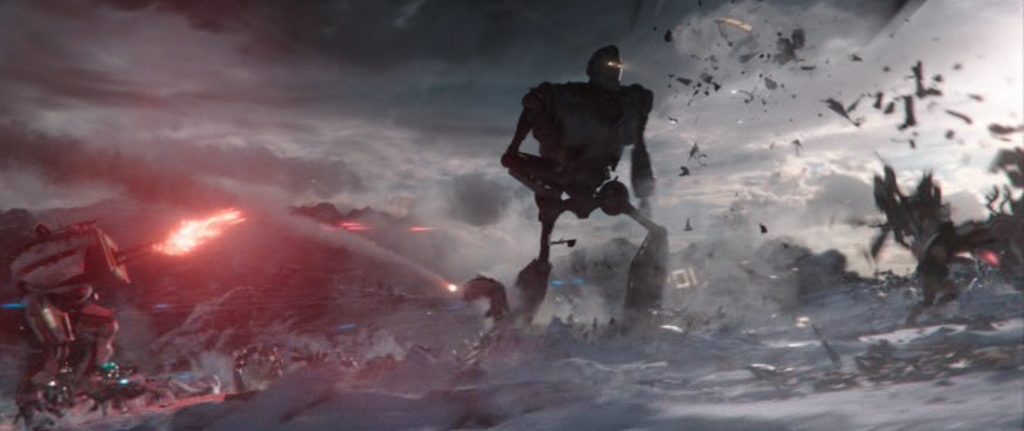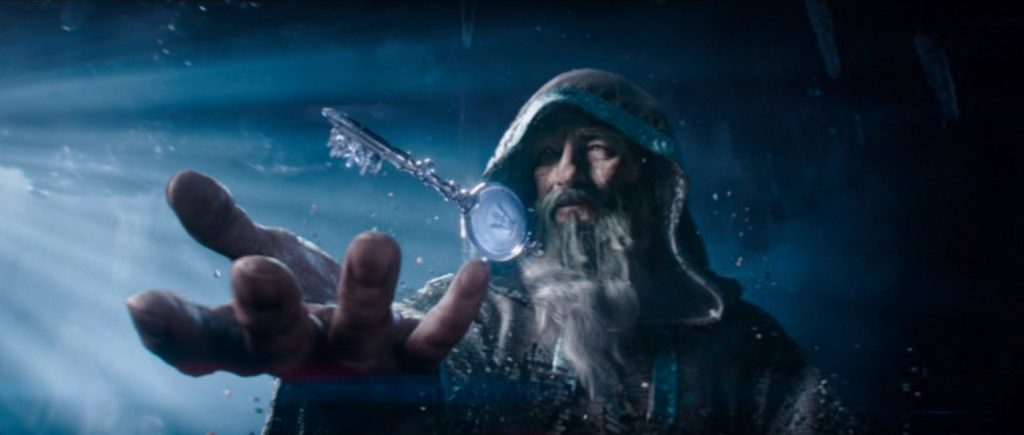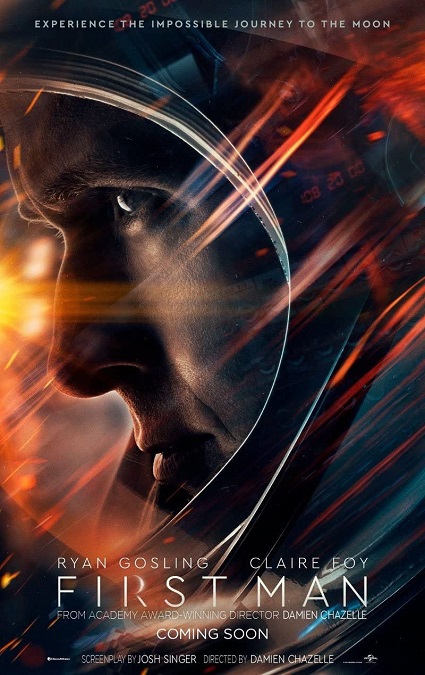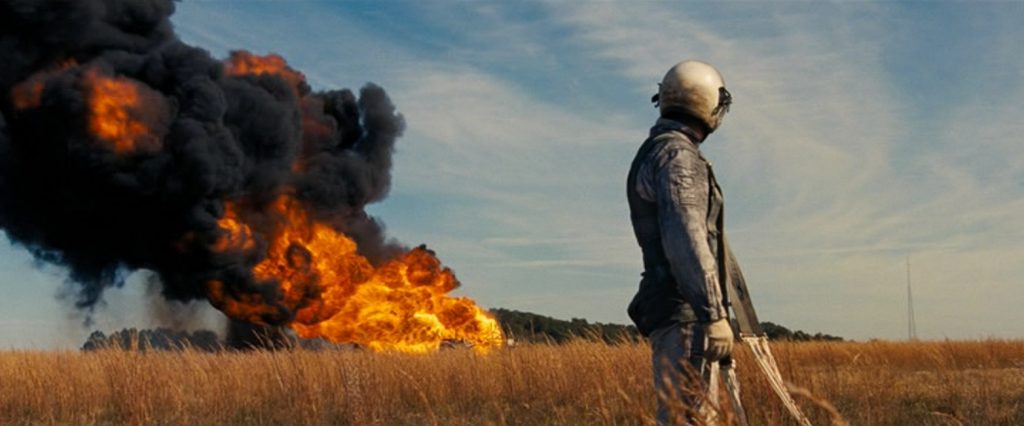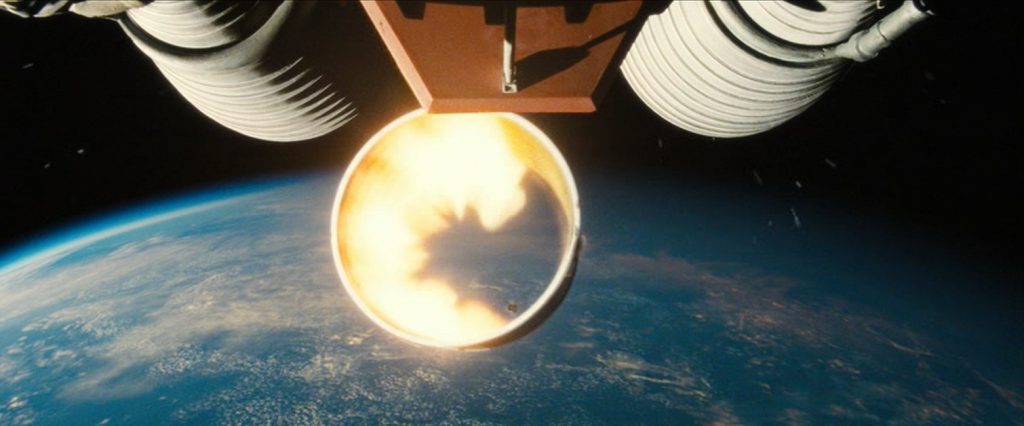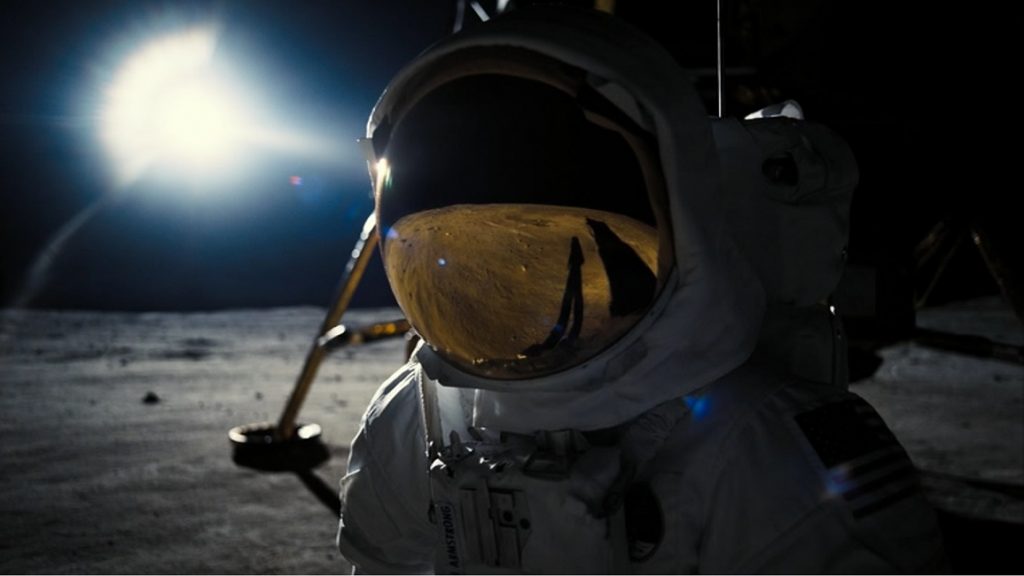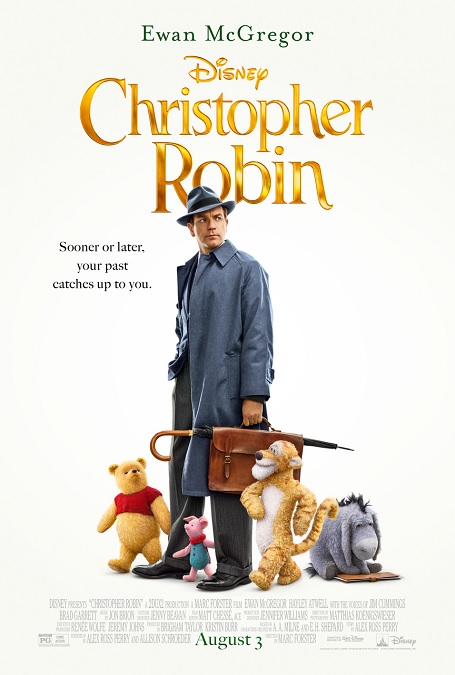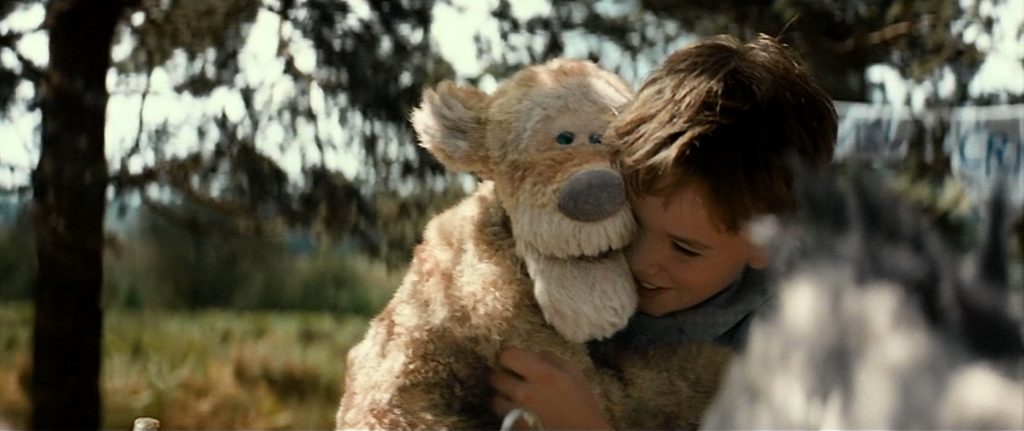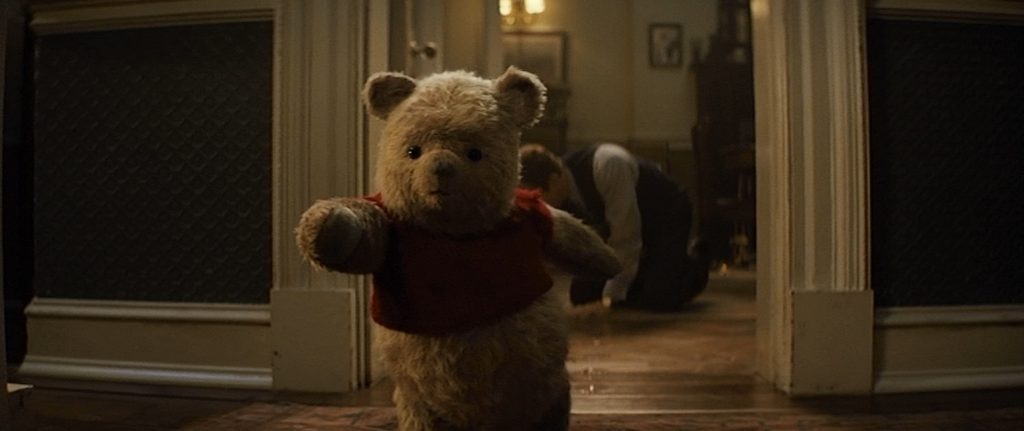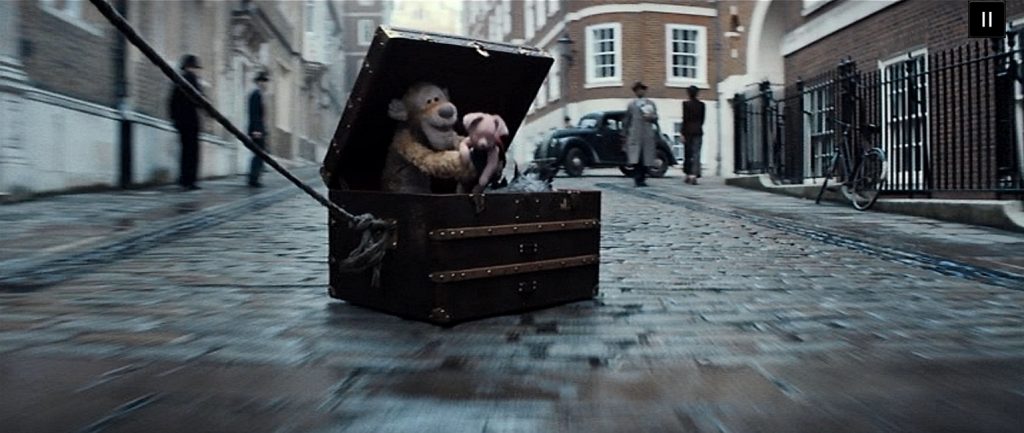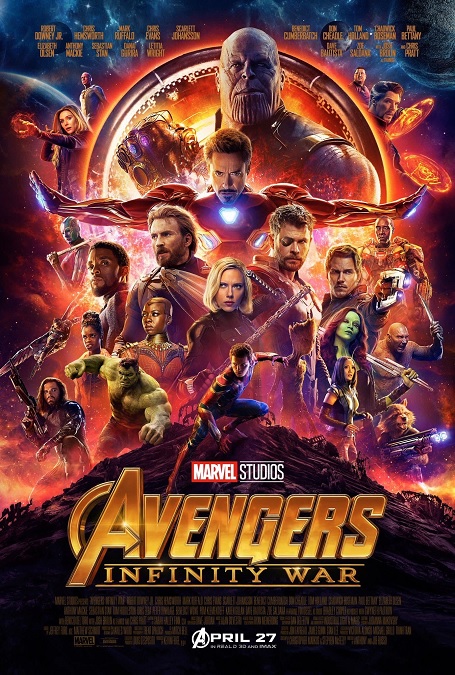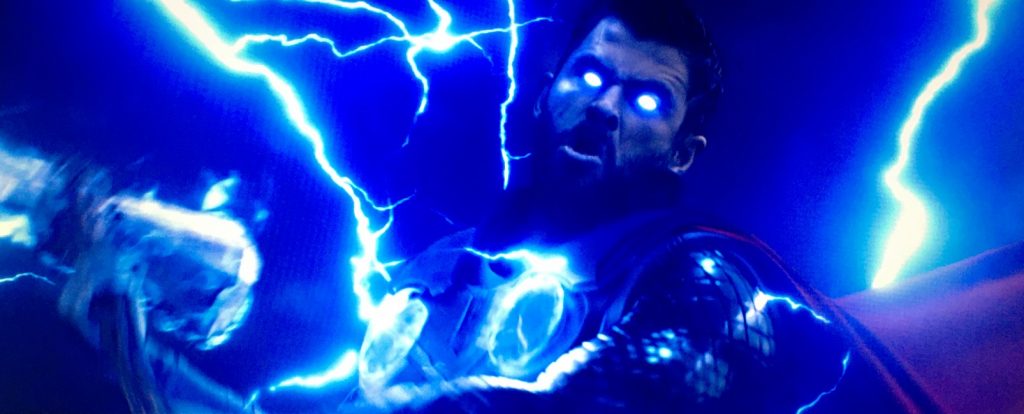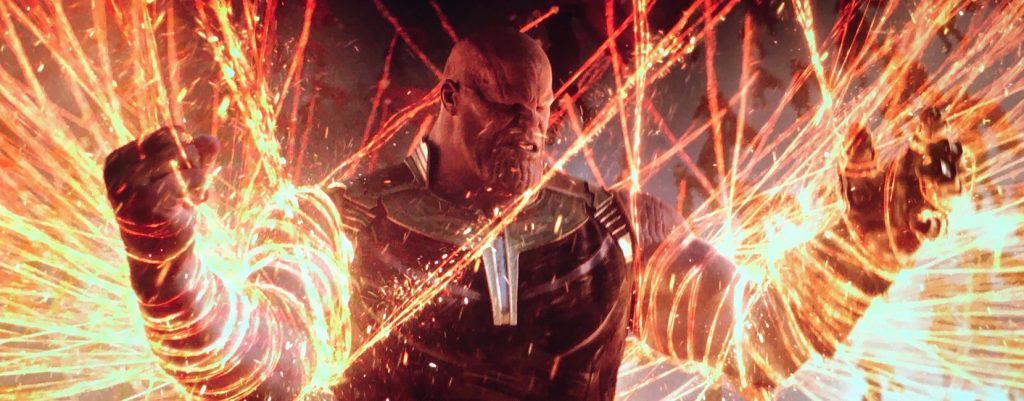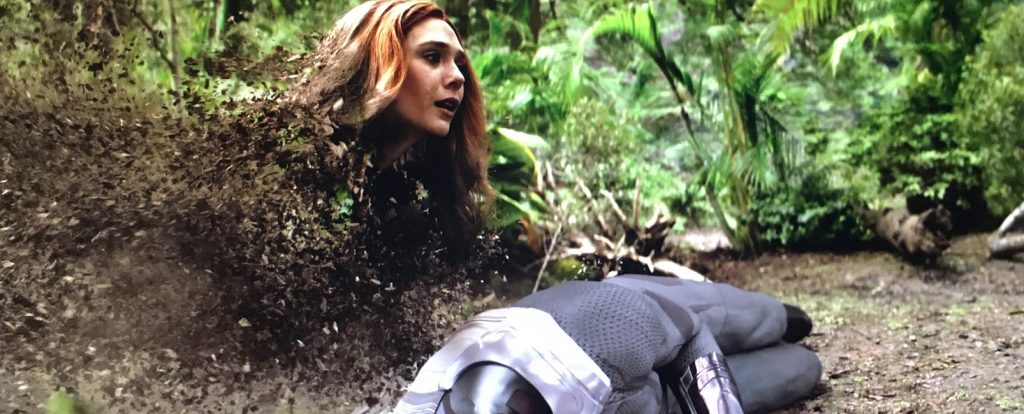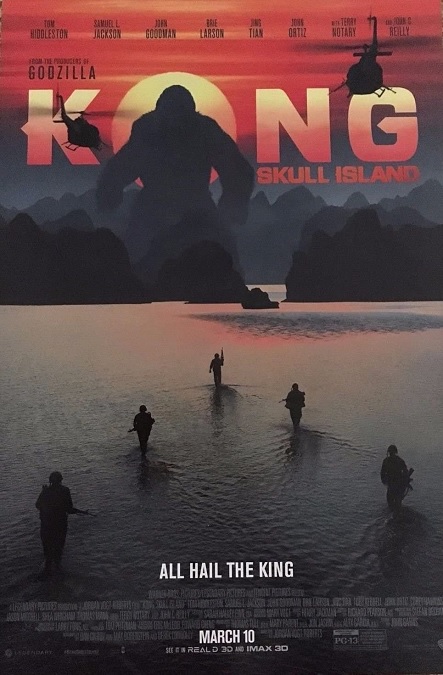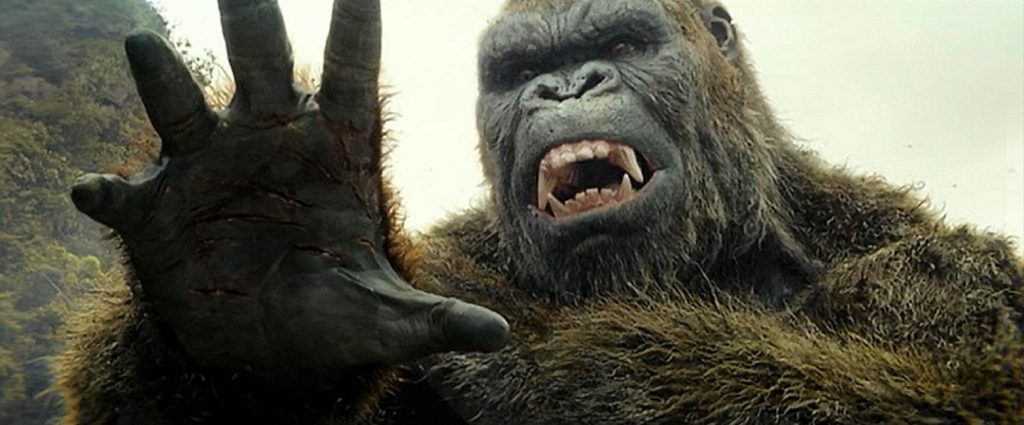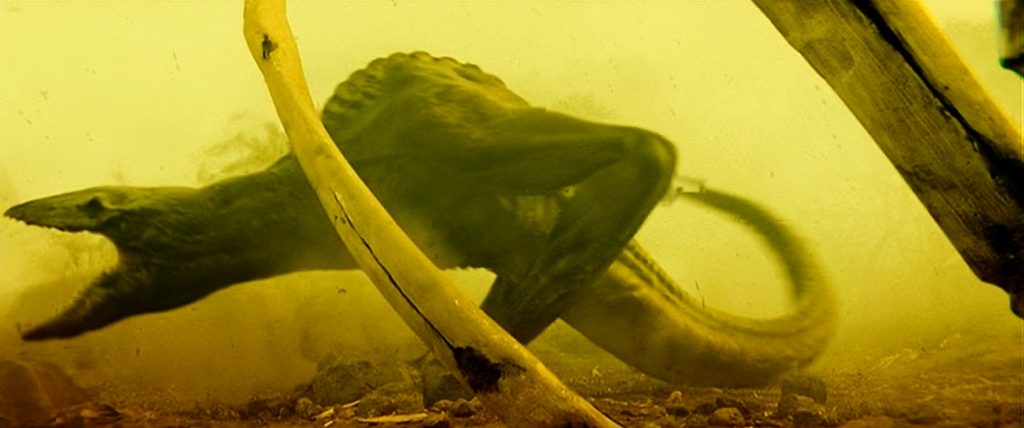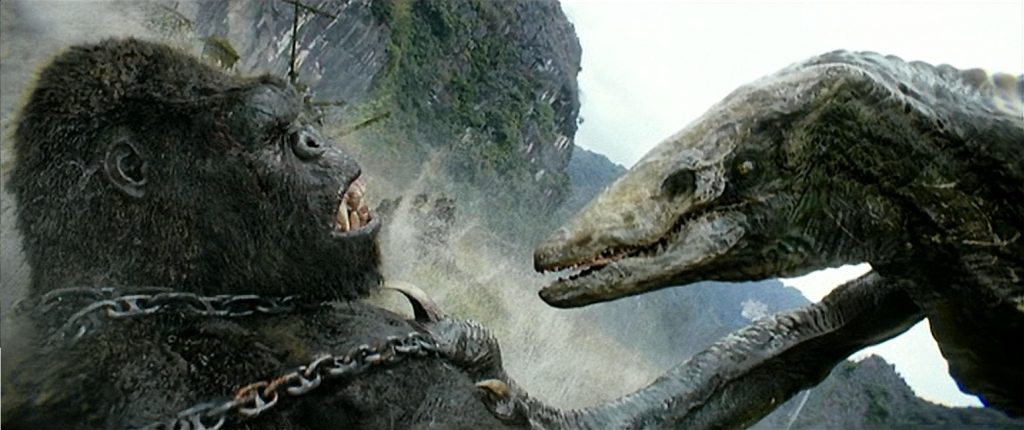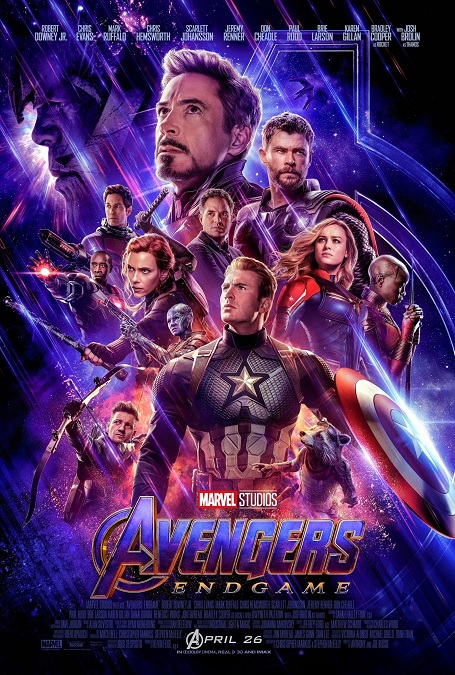
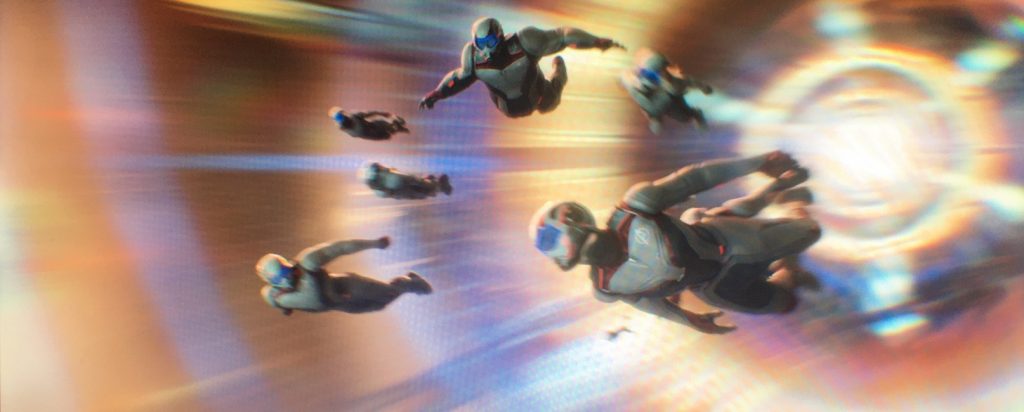
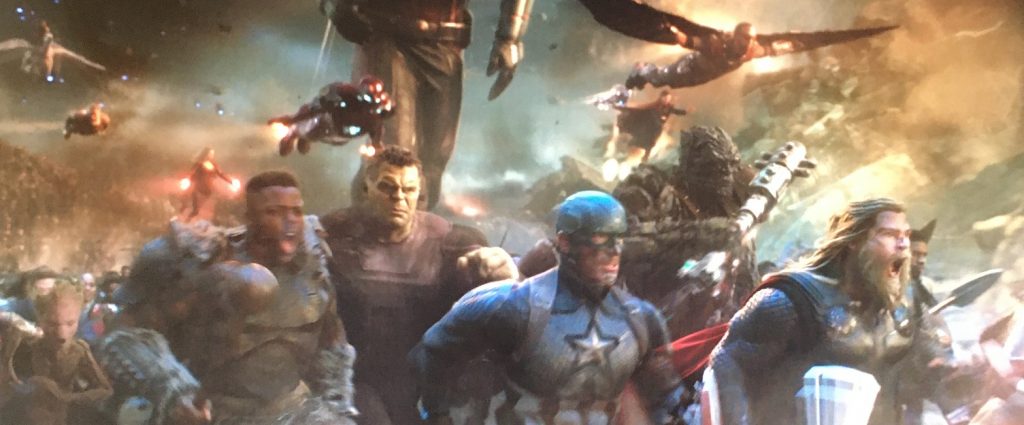
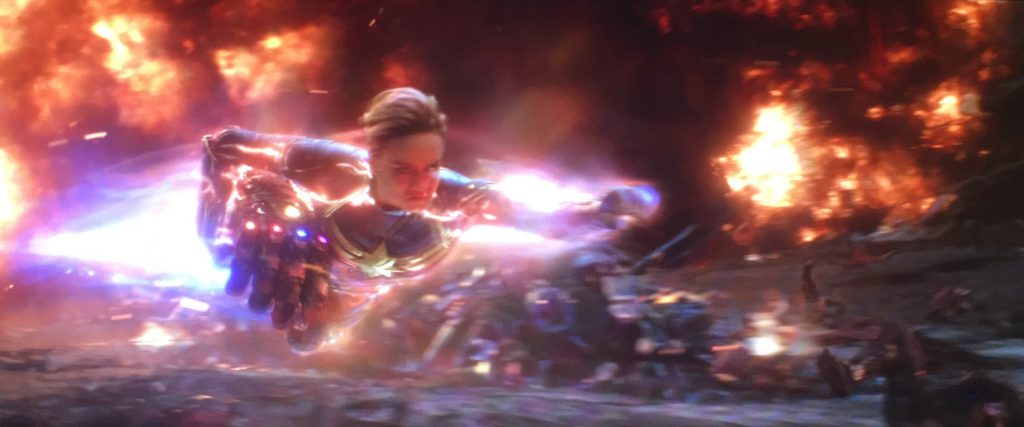
Avengers: Endgame – 2019

Ok, so as you’d expect, the visual effects for Endgame were top-notch, phenomenal, incredibly photo-realistic, perfectly executed, elaborately designed, highly detailed, and visually stunning. The fact that the film was the culmination of at least 10 major Marvel properties, and sporting a character list comprised of nearly 35 super-powered heroes, not to mention all the great villains, was not lost on me. That meant that all the great visual effects that we have come to associate with these beloved characters had to be either duplicated or improved upon.
So what was there to improve, you might ask? I can think of several examples just off the top of my head. There was the awesome blending of Bruce Banner and the Hulk, which gave him a completely new look. There were the never-before-seen powers built into Iron Man’s suit. There were new trick arrows for Hawkeye. And they made use of the relatively new technique of de-aging actors like Michael Douglas and John Slattery, not to mention the extreme aging of Chris Evans. Even Stan Lee was de-aged 45 years for his obligatory cameo.
And it all looks fantastic. Even the costumes that the Avengers wear during the Time Heist sequence were visual effects. Yes, apparently, when the day of filming arrived, the special white and red suits that they wore had not yet been designed. The visual effects team were given the task of digitally adding the costumes in post. I would never have known just by watching the movie. And the same was also done for Captain Marvel, every time you see her on the screen.
Also, I would be remiss if I didn’t mention one of my favorite characters in the MCU, whose look was also upgraded for this movie – Thor. The character has had to endure unbelievable losses, and so he lets himself go, physically. Interestingly enough, this wasn’t accomplished with CGI. It was an incredibly convincing prosthetic suit worn by Chris Hemsworth. The only concession was a seam in the suit’s back that had to be digitally removed when he was shirtless.
And, even though I already mentioned it in my review for Avengers: Infinity War, I’m going to mention it again. The fully CGI character of Thanos was perfection. Played by Josh Brolin wearing a motion capture suit, facial capture dots, and a camera mounted on his head, his incredible performance was brought to life by the digital animators in such a way as to make me believe it was a guy wearing purple makeup and prosthetics. The emotions the digital artists were able to bring out of Brolin’s performance were done perfectly. Just amazing!
But I think the biggest standout of the film’s visual effects was simply the scale. The gargantuan scale of the epic film, especially in that final action sequence, was what I seem to remember most, when I think about this movie. Yes, we’ve seen battle sequences this big before, but none, I think, with one side of the conflict being made up of such unique and individual characters, each with their own looks, way of fighting, and super powers. It was just a phenomenally well-made epic film.
